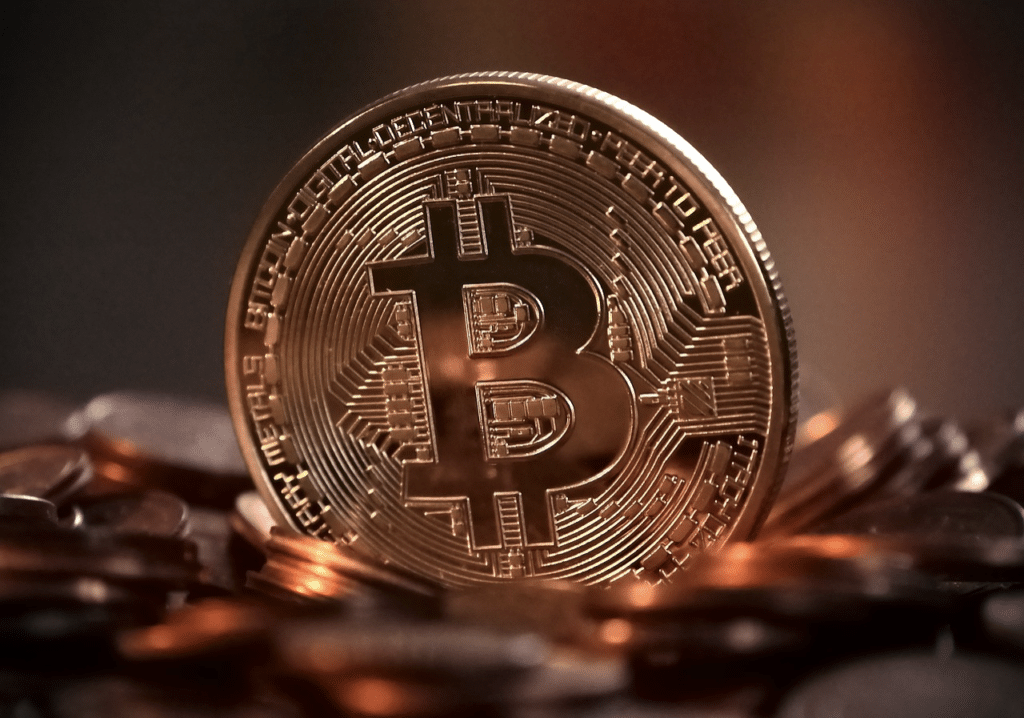In the ever-evolving landscape of the cryptocurrency market, two names stand out prominently: Binance Coin (BNB) and Bitcoin (BTC). These two cryptocurrencies not only symbolize the technological innovation driving the crypto economy, but they also play crucial roles in shaping the way we perceive and interact with digital assets. This article delves deep into the world of Binance Coin and Bitcoin, exploring their significance, use cases, and the impact of exchange tokens on the broader crypto landscape.
Understanding Binance Coin (BNB) and Bitcoin (BTC)
Binance Coin (BNB): Fueling the Binance Ecosystem
Binance Coin, the native cryptocurrency of the Binance exchange, has emerged as one of the most influential exchange tokens in the crypto sphere. Founded by Changpeng Zhao in 2017, Binance has rapidly ascended to become the world’s largest cryptocurrency exchange by trading volume. BNB was initially introduced as an ERC-20 token but later migrated to Binance’s blockchain, Binance Chain.
BNB serves a multitude of functions within the Binance ecosystem. One of its primary utilities is reducing trading fees for users on the Binance platform. This incentivizes traders to hold and use BNB, thereby boosting its demand and overall value. Additionally, BNB is integral to participating in token sales on Binance Launchpad, the platform’s token launch platform.
However, Binance Coin’s utility doesn’t end there. It powers the Binance DEX (Decentralized Exchange), providing a seamless and secure means of trading digital assets without relying on a centralized authority. The coin’s versatility extends to the realm of decentralized applications (DApps), as developers can create tokens on the Binance Chain and leverage BNB’s robust ecosystem.
Bitcoin (BTC): The Pioneer and Store of Value
Bitcoin, often referred to as digital gold, needs no introduction. It was the first cryptocurrency to be created, introduced to the world by the pseudonymous Satoshi Nakamoto in 2009. Since then, Bitcoin has not only pioneered the concept of decentralized digital currency but has also evolved into a store of value that transcends geographical boundaries and traditional financial systems.
As the original cryptocurrency, Bitcoin operates on a peer-to-peer network, utilizing blockchain technology to facilitate secure and transparent transactions. Its scarcity—capped at 21 million coins—contributes to its narrative as a hedge against inflation and economic instability. Investors and institutions alike view Bitcoin as a digital asset with the potential to preserve wealth over time.
Exchange Tokens: Catalysts of the Crypto Economy
● Driving Innovation and User Engagement
Exchange tokens, exemplified by Binance Coin, have played a pivotal role in the mass adoption of cryptocurrencies. By offering reduced trading fees, enhanced rewards, and exclusive benefits, these tokens encourage users to actively participate in the exchange’s ecosystem. This engagement not only benefits traders but also fosters liquidity and activity on the platform.
● Powering Token Sales and Fundraising
Binance Launchpad, fueled by BNB, has revolutionized the way blockchain projects raise funds. Through token sales, projects can access capital to develop and launch their ideas, while investors gain exposure to promising new ventures. This mechanism democratizes fundraising and has enabled the growth of innovative blockchain solutions.
● Expanding DeFi and DApp Ecosystems
Exchange tokens like BNB have transcended their original use cases. They now contribute to the decentralized finance (DeFi) movement by providing liquidity to various protocols and platforms. Additionally, exchange tokens serve as a bridge to access a wide array of decentralized applications, thus bolstering the entire blockchain ecosystem’s functionality and utility.
A Symbiotic Relationship: BNB and BTC
The relationship between Binance Coin and Bitcoin is one of symbiosis. While Bitcoin remains the foundational cryptocurrency, Binance Coin complements its growth by driving activity within one of the world’s largest exchanges. As more users engage with BNB, the demand for Bitcoin can also increase, given its status as a leading trading pair on the Binance platform.
Conclusion: The Dynamic Crypto Landscape
In conclusion, Binance Coin and Bitcoin represent two distinct yet interconnected pillars within the crypto economy. BNB’s integration into the Binance ecosystem has revolutionized the way we trade, invest, and participate in token sales. Bitcoin, on the other hand, remains the quintessential digital asset, offering a store of value and a testament to the power of blockchain innovation. As the crypto landscape continues to evolve, these two cryptocurrencies will likely play even more significant roles, shaping the future of finance, technology, and decentralized systems. Their stories remind us of the transformative potential embedded in cryptocurrencies, and how they are collectively driving the world towards a more inclusive and decentralized financial future.



